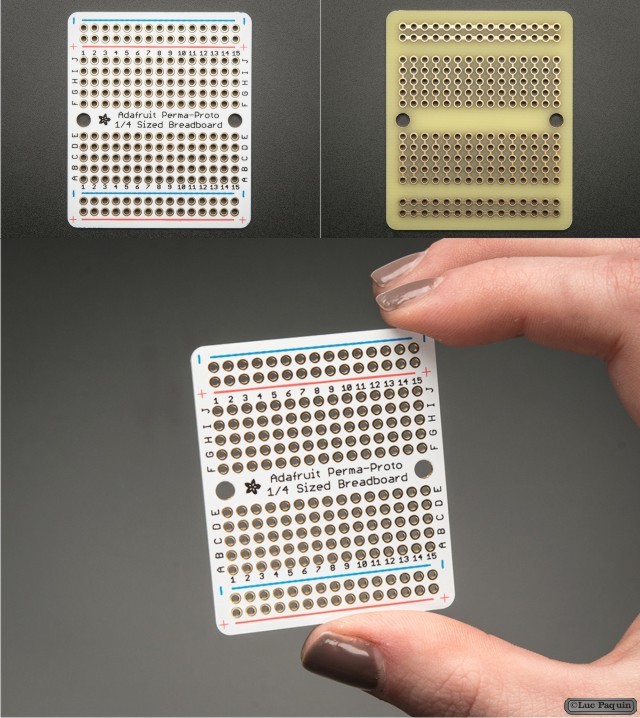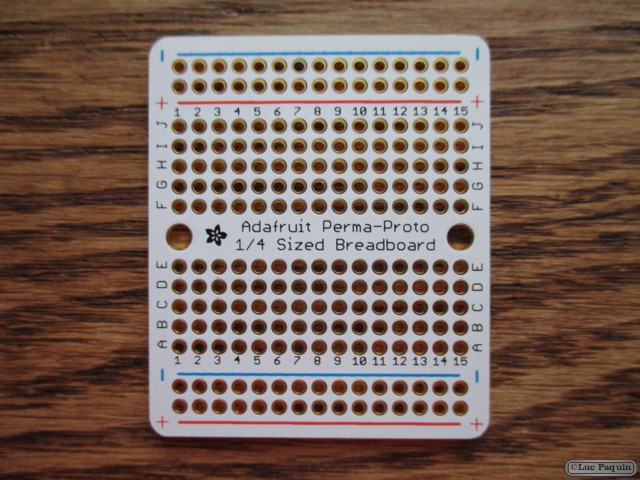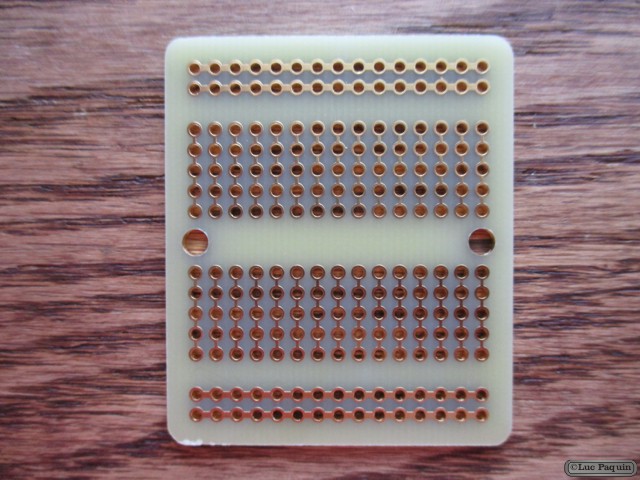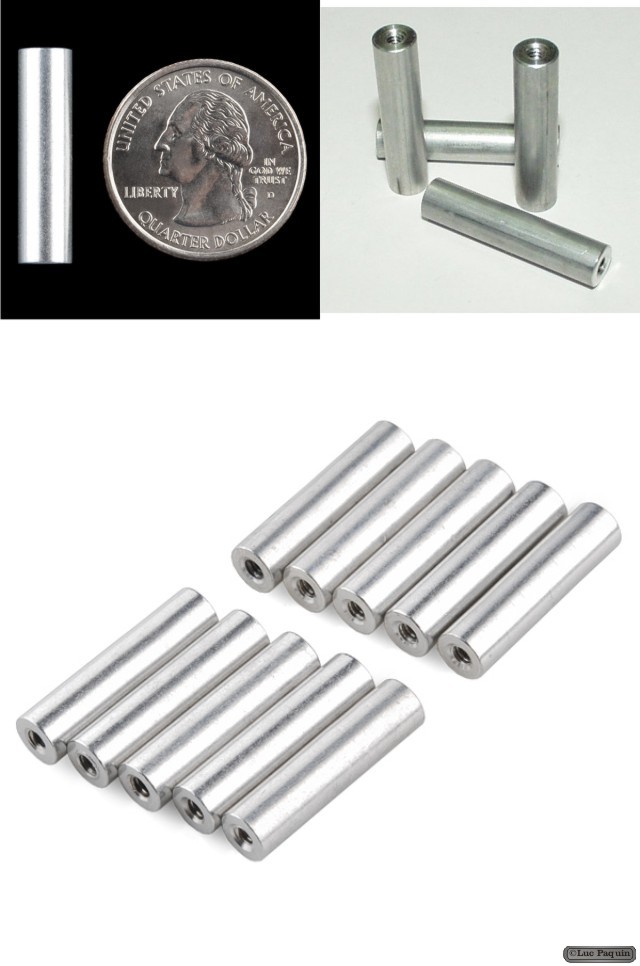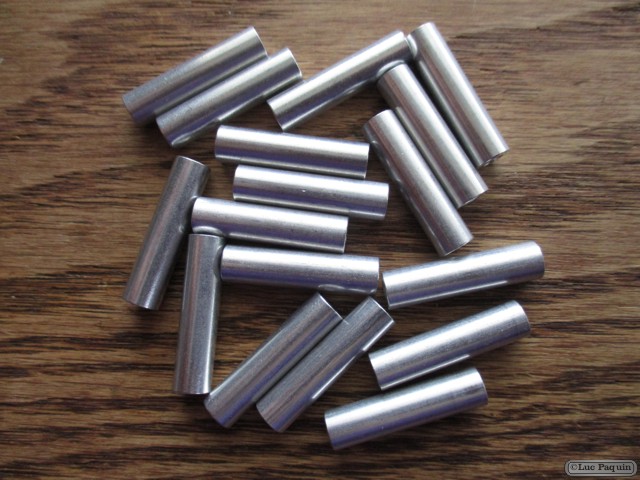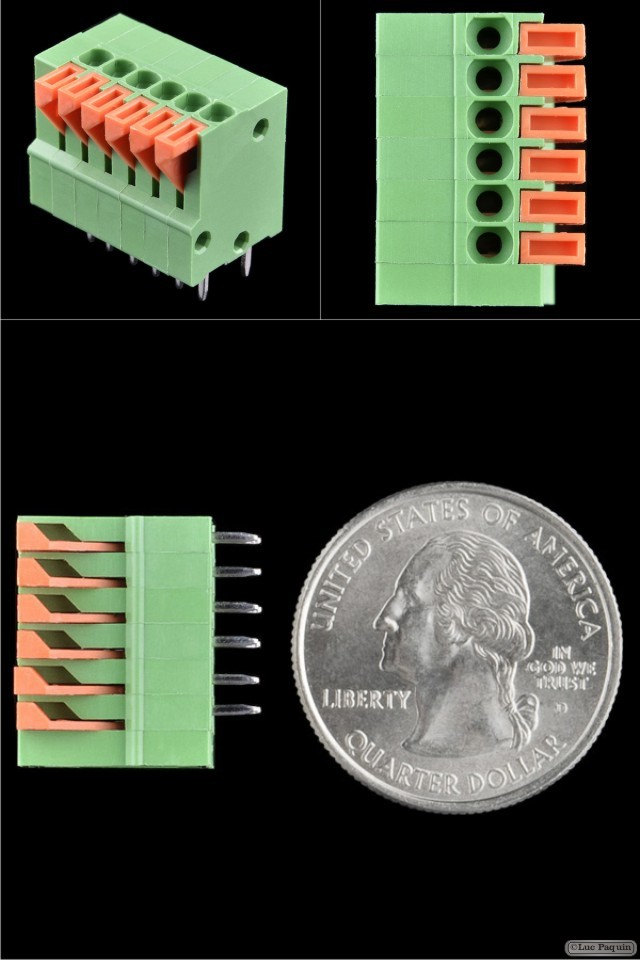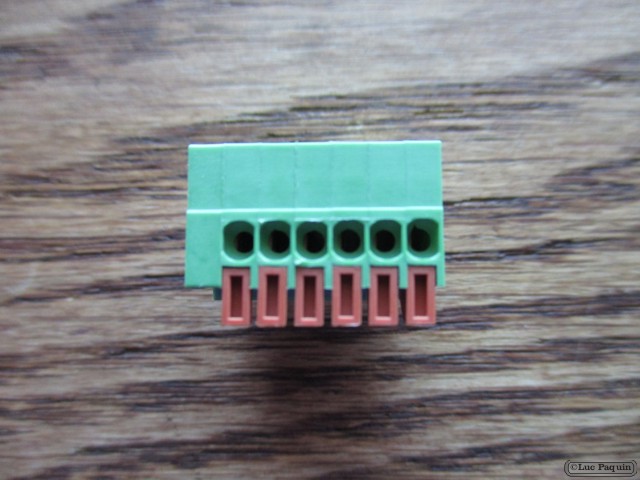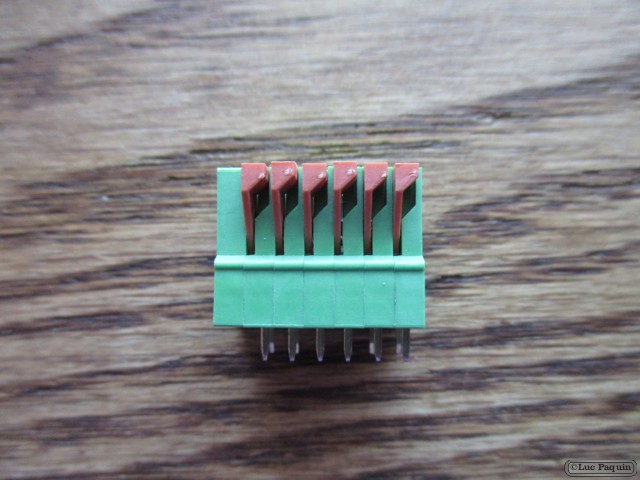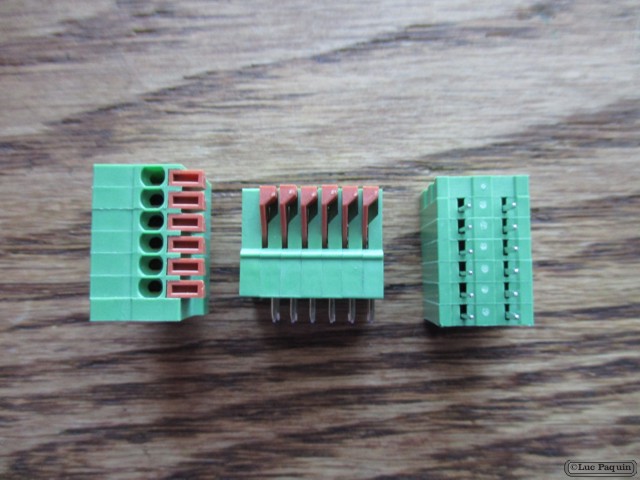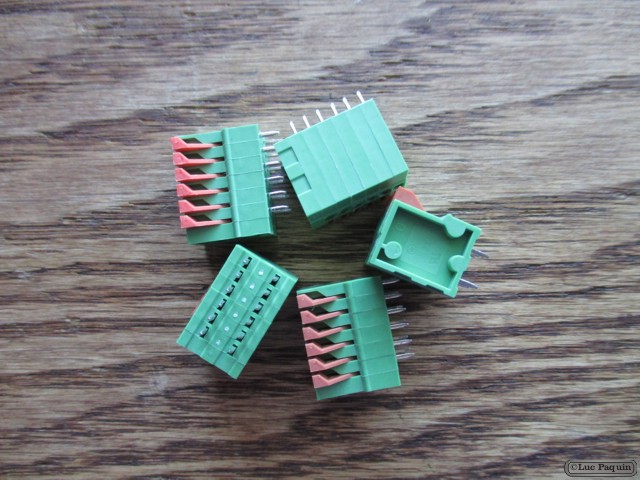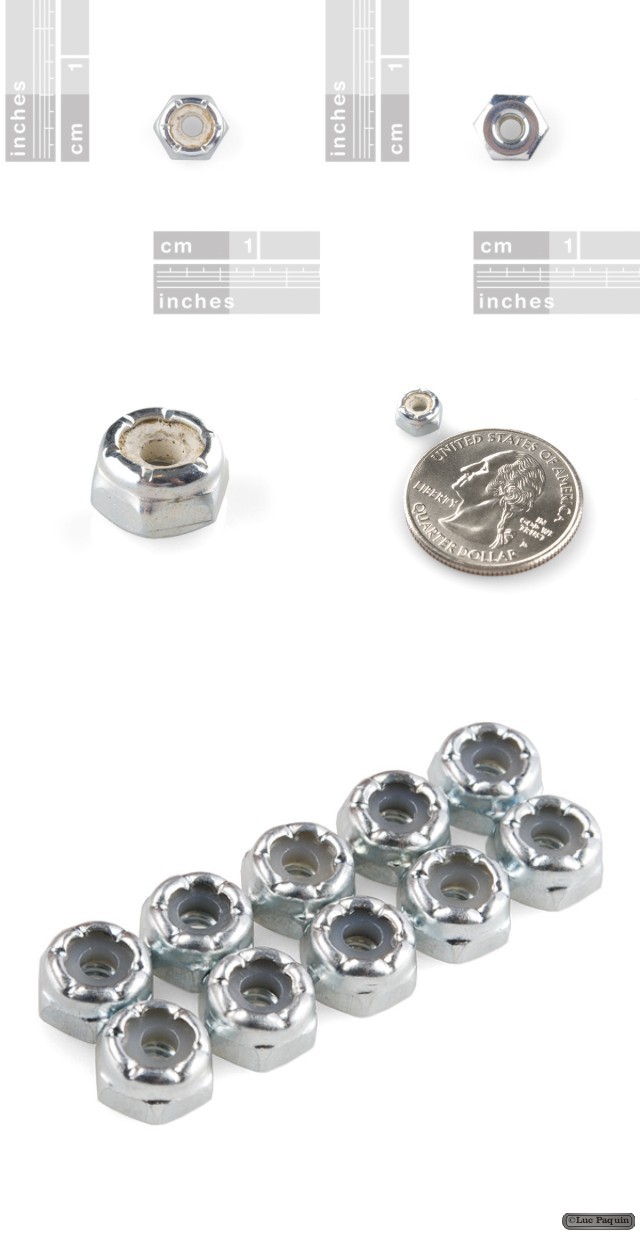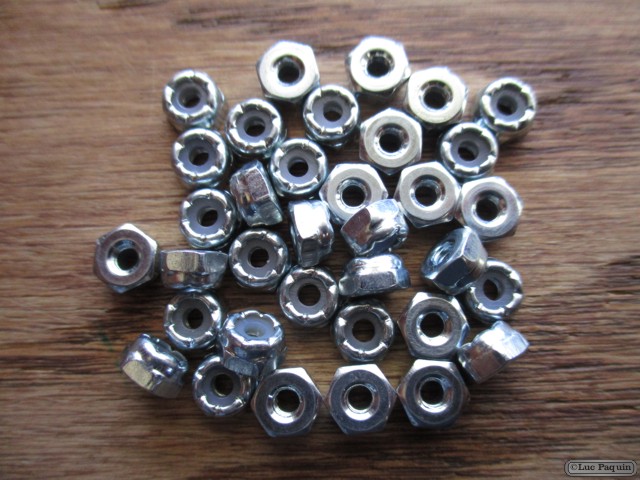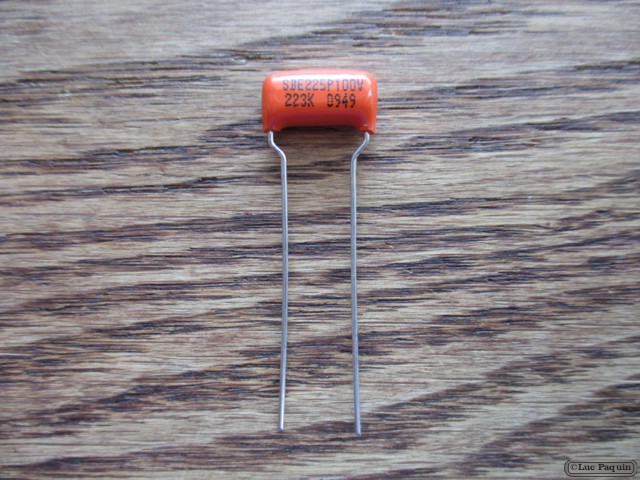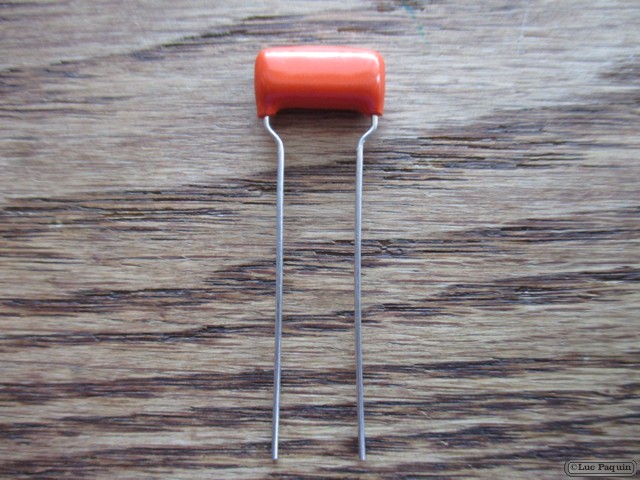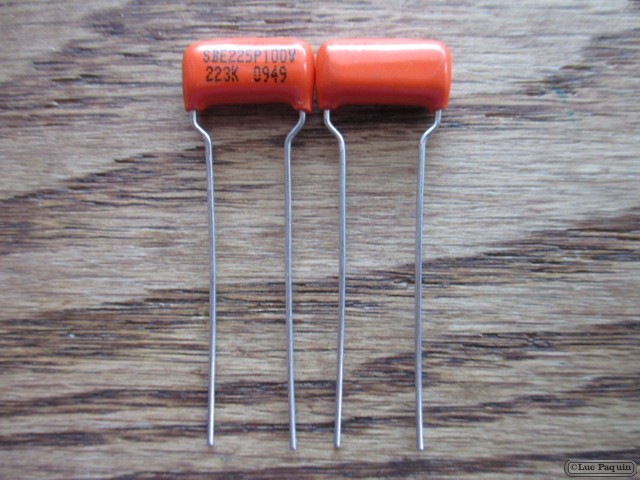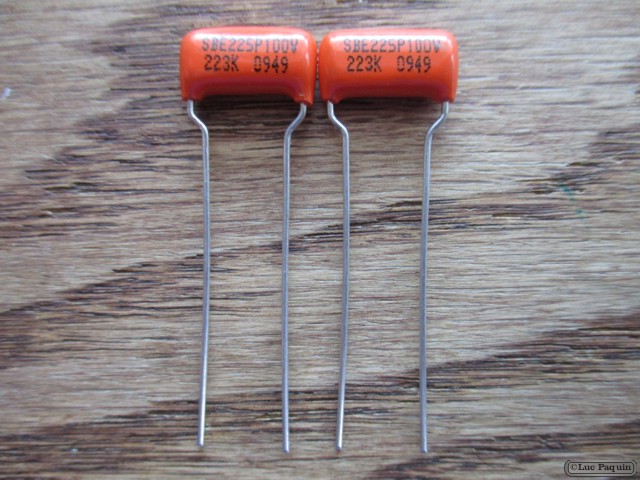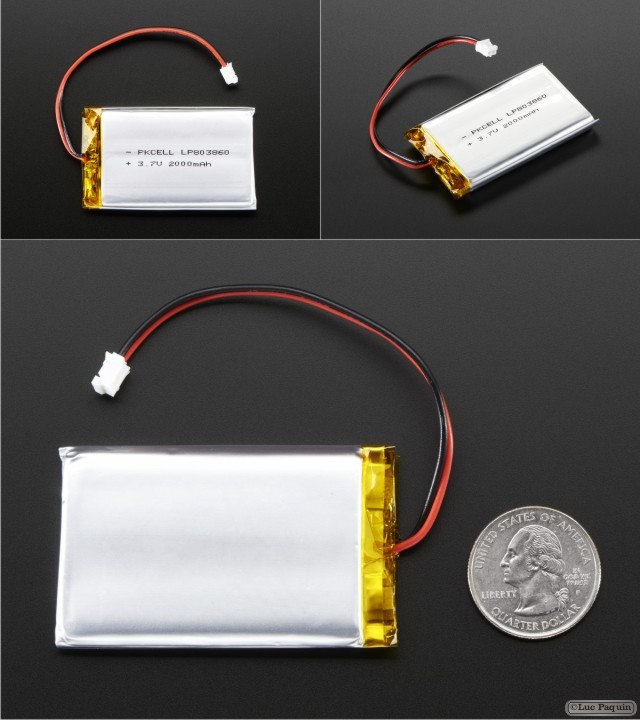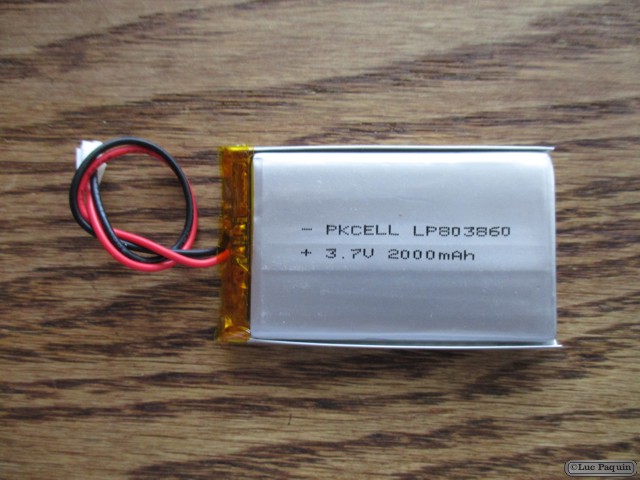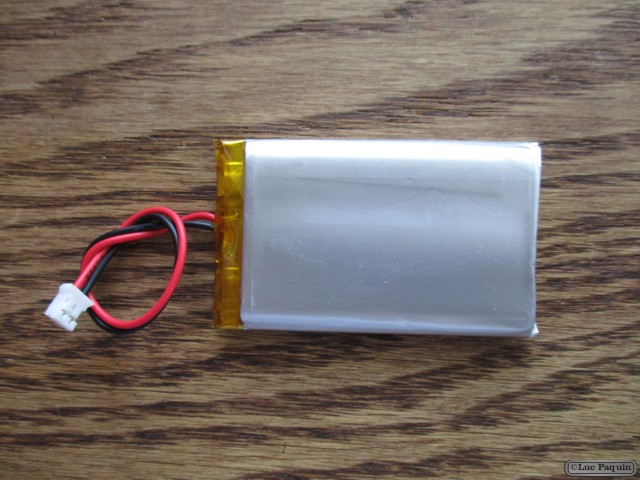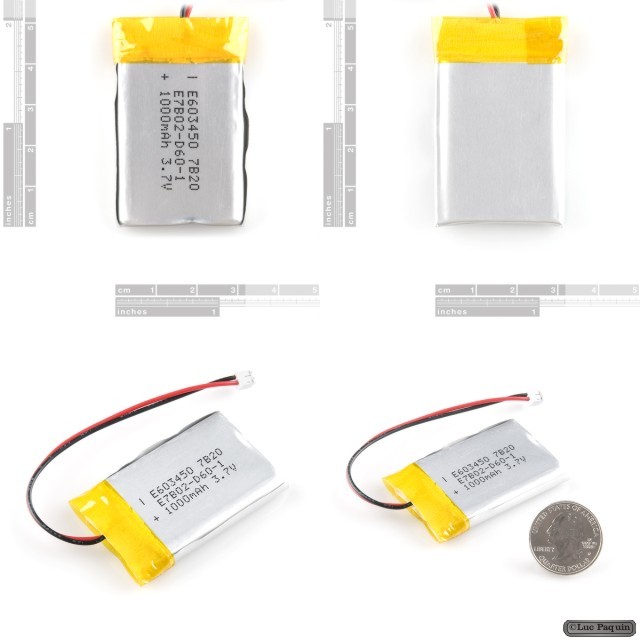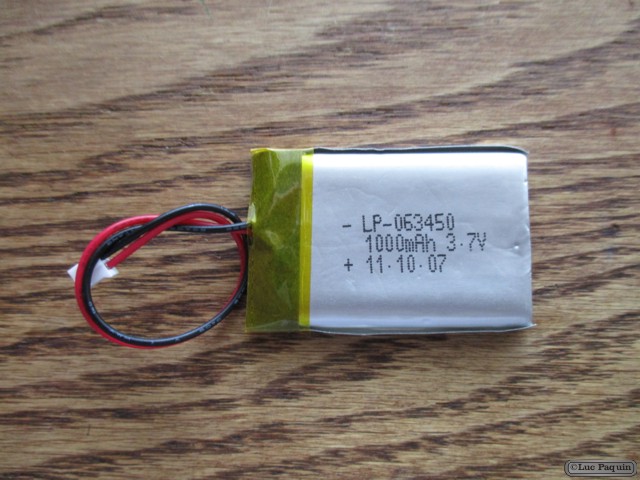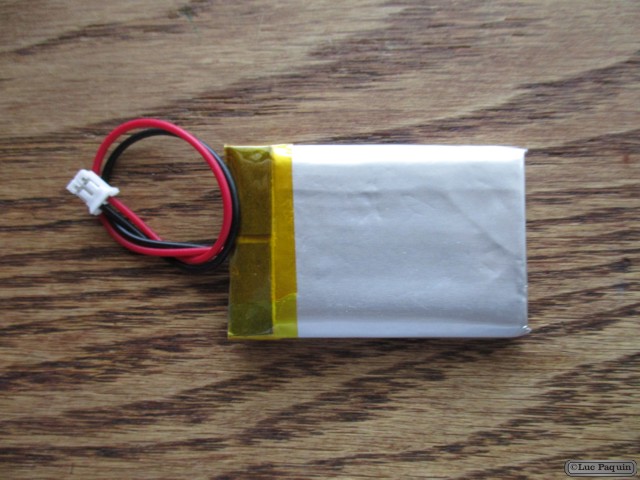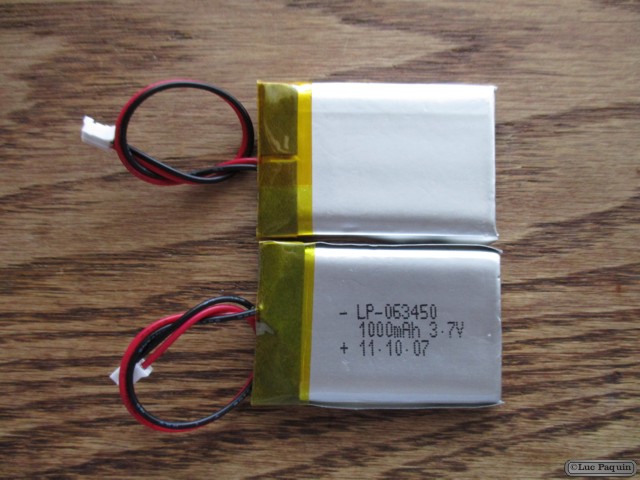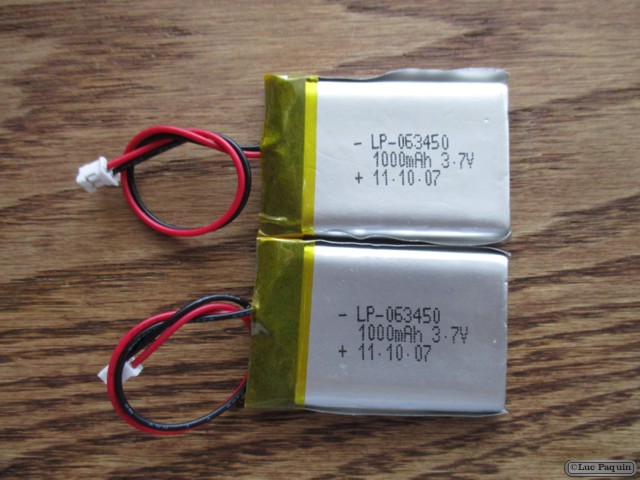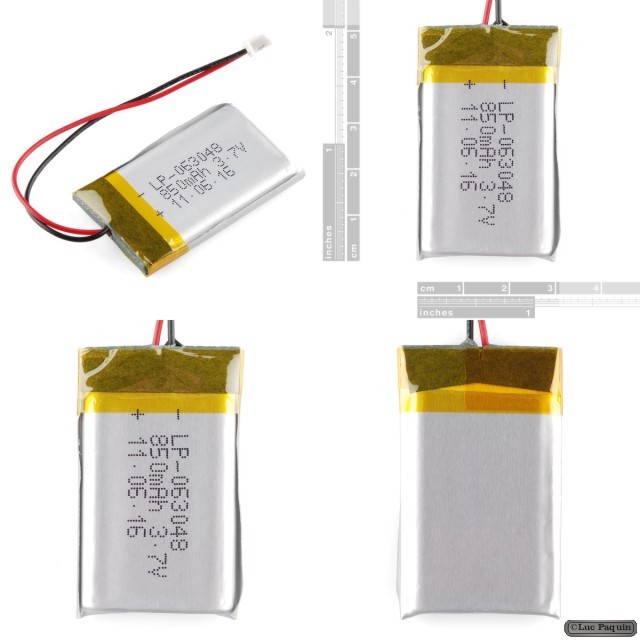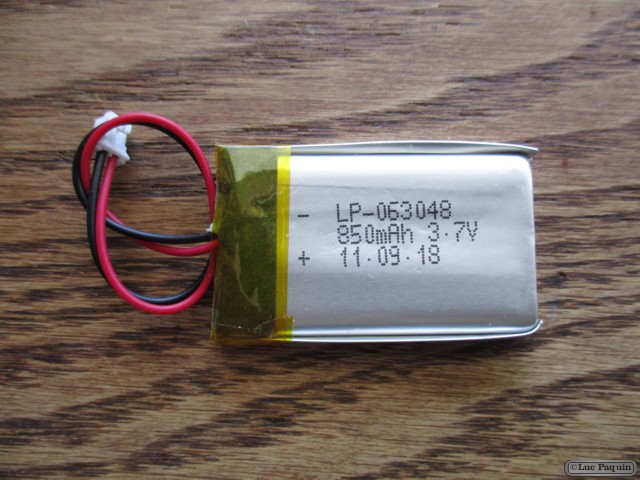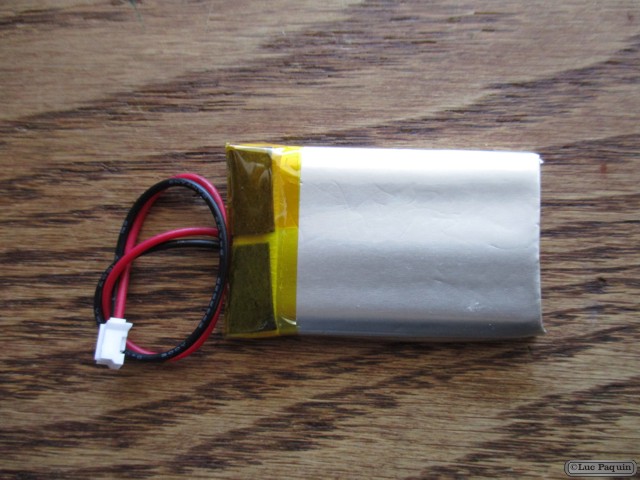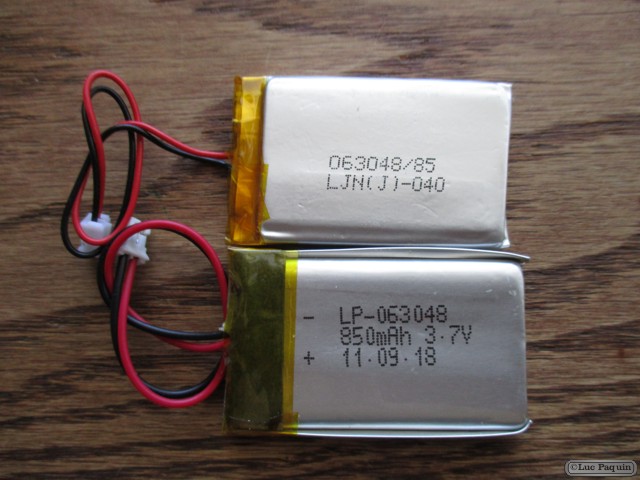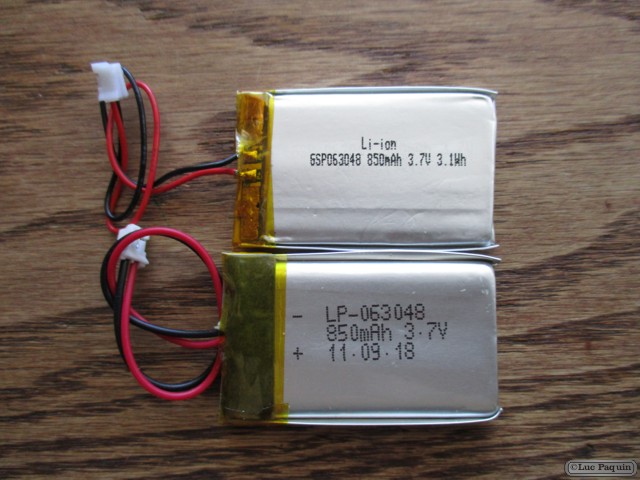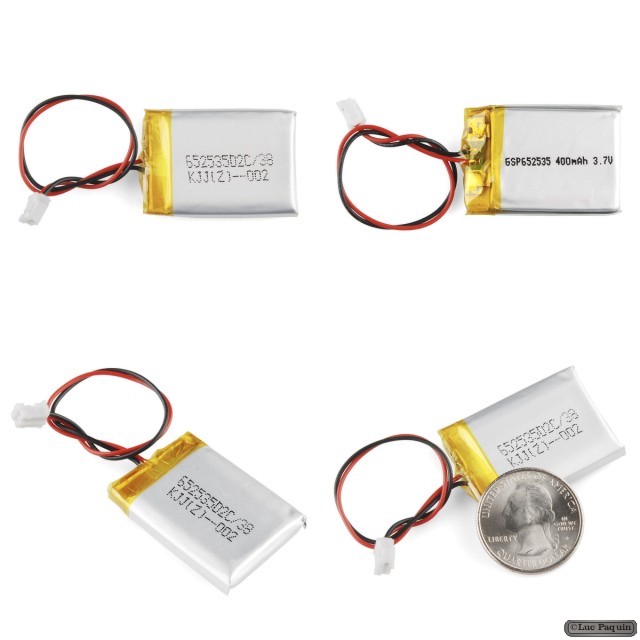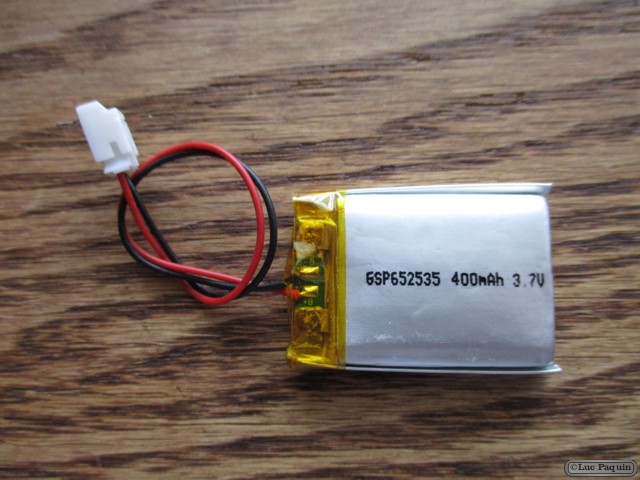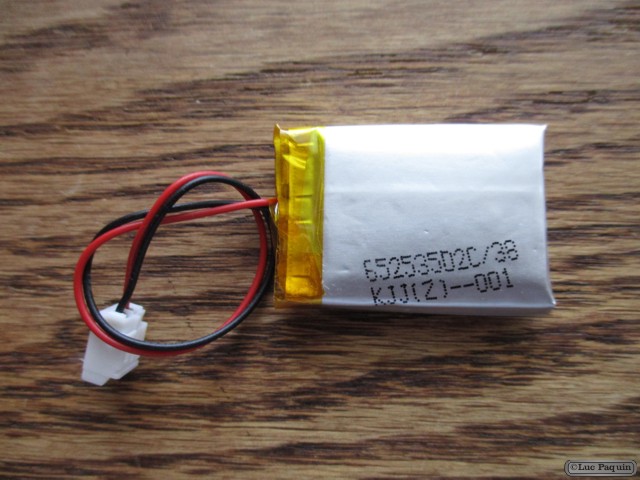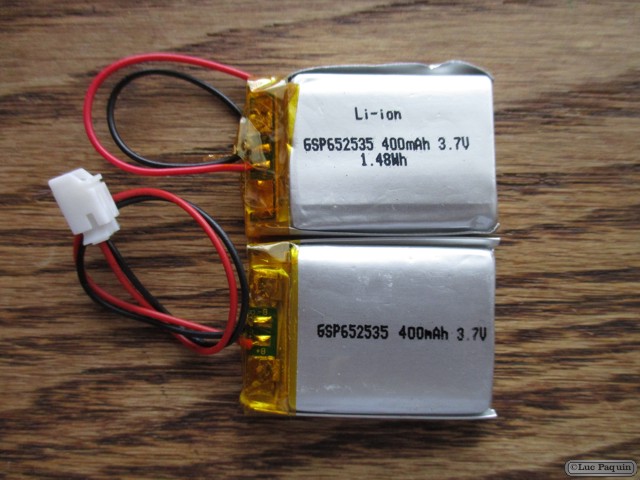Adafruit: 1608
Description
Customers have asked us to carry basic perf-board, but we never liked the look of most basic perf: its always crummy quality, with pads that flake off and no labeling. Then we thought about how people actually prototype – usually starting with a solderless breadboard and then transferring the parts to a more permanent PCB. That’s when we realized what people would really like is a proto board that makes it easy!
This proto-board is the PCB you always wish you had, but never realized it! We took the basic layout of a quarter-sized breadboard (basically, a ‘tiny’ breadboard plus power rails) and turned that into a beautiful PCB. The top side has a white silkscreen, and the same markings you’re familiar with, to make transferring components easy. The bottom has the 5-hole pad design that matches a classic breadboard, with 4 power bus lines on the sides, and no mask so you can easily cut traces when necessary. We used 1.2mm diameter drill holes so even parts with big leads will fit. All holes are thru-plated for strength – these wont peel off with rework. The finish is a gold plate – you won’t get oxidation like with bare copper perf! There are also two mounting holes so you can attach the PCB to your project box.
Once you use a Perma-Proto board, you’ll never go back!
Technical Details
- 15 rows of double 5-hole rows
- 4 power rails with positive/negative markings
- 1.7″ x 2.0″ (44mm x 55mm), 0.063″ thick FR4
- 1.2mm / 0.047″ drill holes
- 2 x 0.125″ or 3.2mm mounting holes 1.4″ apart
- Weight: 6g
Don Luc

